Home>Gardening & Outdoor>Landscaping Ideas>How To Trim Pampas Grass
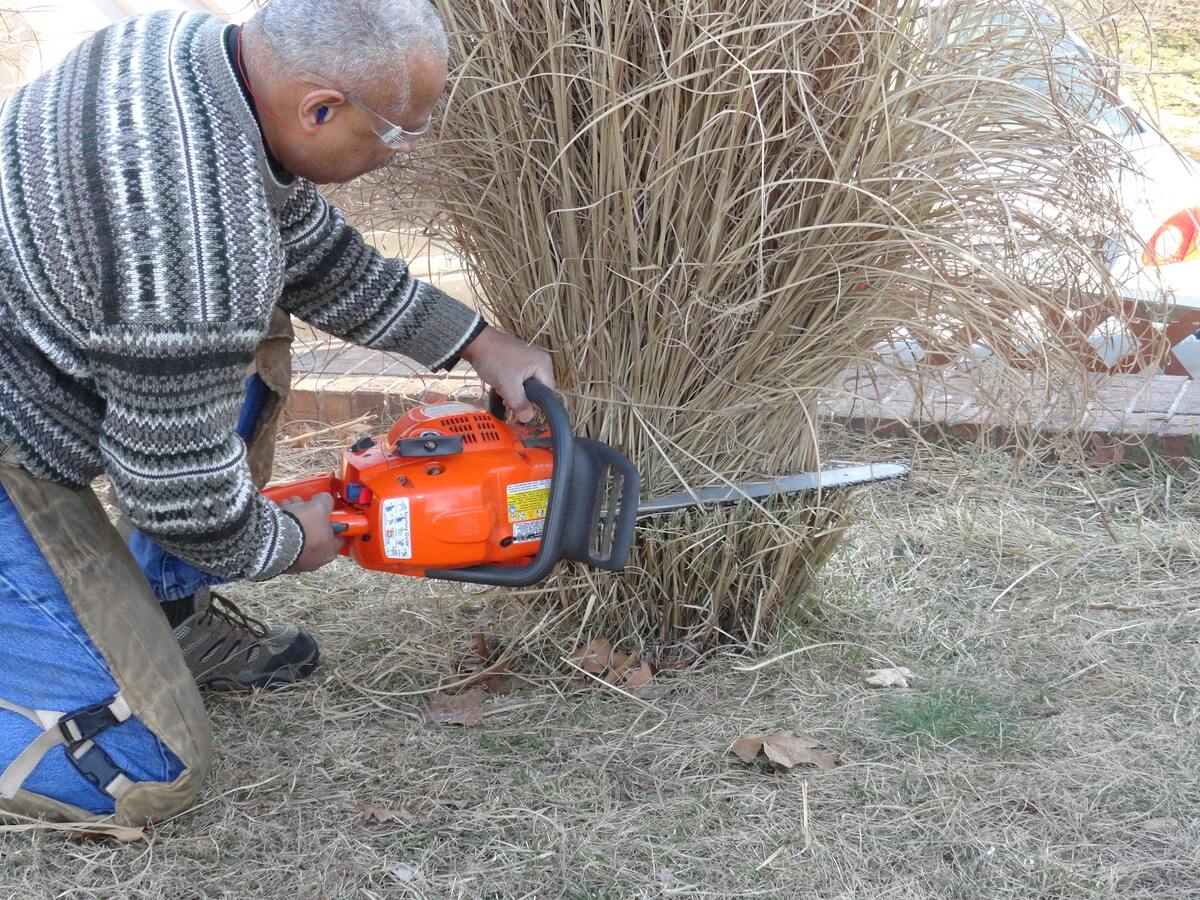

Landscaping Ideas
How To Trim Pampas Grass
Modified: February 18, 2024
Learn the best landscaping ideas for trimming pampas grass. Discover step-by-step techniques for maintaining your outdoor space. Achieve a beautifully landscaped garden today!
(Many of the links in this article redirect to a specific reviewed product. Your purchase of these products through affiliate links helps to generate commission for Storables.com, at no extra cost. Learn more)
Introduction
Welcome to the wonderful world of landscaping! Pampas grass, with its feathery plumes and graceful demeanor, is a stunning addition to any outdoor space. However, to keep this ornamental grass looking its best, occasional trimming is essential. Whether you’re a seasoned gardener or just starting your landscaping journey, learning how to trim pampas grass is a valuable skill that will help you maintain a tidy and visually appealing garden.
In this comprehensive guide, we’ll walk through the step-by-step process of trimming pampas grass, from gathering the necessary tools and materials to disposing of the trimmings responsibly. By the end of this article, you’ll feel confident and empowered to tackle this task with ease, ensuring that your pampas grass remains a stunning focal point in your outdoor oasis.
Key Takeaways:
- Trimming pampas grass requires the right tools, preparation, and caution. By following the steps, you can maintain a tidy and beautiful garden while staying safe and organized.
- Responsible disposal of pampas grass trimmings is essential for a clean outdoor environment. Consider composting and follow local guidelines to contribute to sustainable gardening practices.
Read more: When To Trim Pampas Grass
Step 1: Gather the Necessary Tools and Materials
Before embarking on the pampas grass trimming journey, it’s essential to gather the right tools and materials. Here’s what you’ll need:
- Gardening Gloves: Protect your hands from the sharp leaves and potential allergens present in pampas grass.
- Pruning Shears or Hedge Trimmers: Choose a sharp and sturdy tool to ensure clean cuts without damaging the plant.
- Long-Handled Loppers: Ideal for reaching and cutting through thicker stems and plumes.
- Protective Eyewear: Shield your eyes from any debris that may scatter during the trimming process.
- Trash Bags or Tarp: Use these to collect and dispose of the trimmings efficiently.
- Optional: Twine or Rope: If you plan to bundle and dispose of the trimmed plumes, having twine or rope on hand can be helpful.
Once you have these tools and materials assembled, you’re ready to move on to the next step in the pampas grass trimming process. With the right equipment at your disposal, you’ll be well-prepared to tackle the task effectively and safely.
Step 2: Prepare the Pampas Grass
Before diving into the trimming process, it’s important to take some preparatory steps to ensure a smooth and efficient experience. Here’s how to prepare the pampas grass for trimming:
Assess the Growth: Take a close look at the pampas grass to identify the areas that require trimming. This may include dead or damaged plumes, overgrown stems, or any areas encroaching on walkways or neighboring plants.
Choose the Right Time: Opt for a time when the weather is dry, and the grass is not wet from rain or dew. Dry conditions make the trimming process easier and help prevent the spread of plant diseases.
Tie Back the Plumes: For larger pampas grass varieties with substantial plumes, consider tying them back with twine or rope. This step helps keep the plumes organized and out of the way during the trimming process, making it easier to access the stems without interference.
Clear the Surrounding Area: Remove any obstacles or debris around the pampas grass to create a clear working space. This step enhances safety and allows for better maneuverability as you trim the grass.
By taking these preparatory measures, you’ll set the stage for a successful pampas grass trimming session. With the grass properly prepared, you can proceed to the next step with confidence, knowing that you’ve laid the groundwork for a tidy and efficient trimming process.
When trimming pampas grass, wear gloves and use sharp pruning shears to cut the stalks at a 45-degree angle, leaving about 12 inches of the plant to promote regrowth. Dispose of the trimmed stalks carefully to avoid spreading seeds.
Step 3: Trim the Pampas Grass
Now comes the exciting part – it’s time to trim the pampas grass and rejuvenate its appearance. Follow these steps to ensure a precise and effective trimming process:
Selective Trimming: Identify the plumes and stems that need to be trimmed. Focus on removing any dead, damaged, or overgrown plumes to promote the plant’s health and aesthetics.
Use the Right Tool: Depending on the thickness of the stems and plumes, choose the appropriate tool for the job. Pruning shears work well for smaller plumes and stems, while long-handled loppers are ideal for thicker and hard-to-reach areas.
Cut at the Right Height: When trimming the plumes, aim to cut them to the desired height, typically a few feet above the ground. This helps maintain the plant’s natural shape and prevents it from looking uneven or sparse.
Maintain a Tidy Appearance: As you trim, step back periodically to assess the plant’s overall appearance. Aim for a balanced and tidy look, ensuring that the trimmed areas blend seamlessly with the rest of the grass.
Exercise Caution: Pampas grass leaves can be sharp, so take care to avoid accidental cuts or scrapes. Wear protective gloves and eyewear, and handle the tools with precision to minimize the risk of injury.
By following these steps, you’ll be able to trim the pampas grass with skill and finesse, resulting in a rejuvenated and well-maintained plant that enhances the beauty of your outdoor space.
Step 4: Dispose of the Trimmings
Once the pampas grass trimming is complete, it’s important to responsibly dispose of the trimmings to maintain a clean and organized outdoor environment. Follow these steps to handle the trimmings efficiently:
Collect the Trimmings: Gather the trimmed plumes and stems, placing them in a designated area for disposal. If you’ve tied back the plumes, carefully remove the twine or rope before collecting the trimmings.
Use Protective Gear: Even after the trimming process, exercise caution when handling the trimmings. Wear gloves to protect your hands from any sharp edges or potential allergens present in the grass.
Secure Disposal Bags: Place the trimmings in sturdy trash bags or on a tarp to contain the debris. Ensure that the bags are securely tied to prevent the spread of seeds or plant matter in the surrounding area.
Consider Composting: If local regulations permit, consider composting the pampas grass trimmings. This eco-friendly approach allows the organic matter to decompose naturally and contributes to sustainable gardening practices.
Dispose According to Local Guidelines: Check with your local waste management authorities to understand the proper disposal methods for pampas grass trimmings. Some areas may have specific regulations due to the plant’s invasive potential in certain ecosystems.
By following these disposal guidelines, you’ll ensure that the pampas grass trimmings are handled responsibly, contributing to a tidy and environmentally conscious approach to landscaping maintenance.
Read more: What Are Pampas Grass
Conclusion
Congratulations on mastering the art of trimming pampas grass! By following the steps outlined in this guide, you’ve acquired the knowledge and skills to maintain this stunning ornamental grass with confidence and precision. As you continue your landscaping journey, remember that regular maintenance, including trimming, is key to preserving the health and beauty of your outdoor space.
Trimming pampas grass is not only a practical task but also an opportunity to engage with nature and cultivate a thriving garden sanctuary. As you work with the grass, take a moment to appreciate its graceful plumes and the sense of tranquility it brings to your surroundings.
Furthermore, by disposing of the trimmings responsibly and adhering to local guidelines, you’re contributing to the preservation of the natural ecosystem and promoting sustainable gardening practices. Your thoughtful approach to landscaping maintenance reflects a deep respect for the environment and the living organisms that enrich your outdoor haven.
As you embark on future landscaping endeavors, may your pampas grass stand as a testament to your dedication to nurturing and enhancing the natural world around you. Whether you’re a seasoned gardener or a newcomer to the art of landscaping, the timeless allure of pampas grass serves as a reminder of the beauty and harmony that can flourish in your outdoor sanctuary.
With your newfound expertise in pampas grass trimming, you’re well-equipped to continue creating a captivating and vibrant outdoor space that brings joy and inspiration to all who encounter it. Happy trimming, and may your garden continue to thrive and flourish with each passing season!
Frequently Asked Questions about How To Trim Pampas Grass
Was this page helpful?
At Storables.com, we guarantee accurate and reliable information. Our content, validated by Expert Board Contributors, is crafted following stringent Editorial Policies. We're committed to providing you with well-researched, expert-backed insights for all your informational needs.
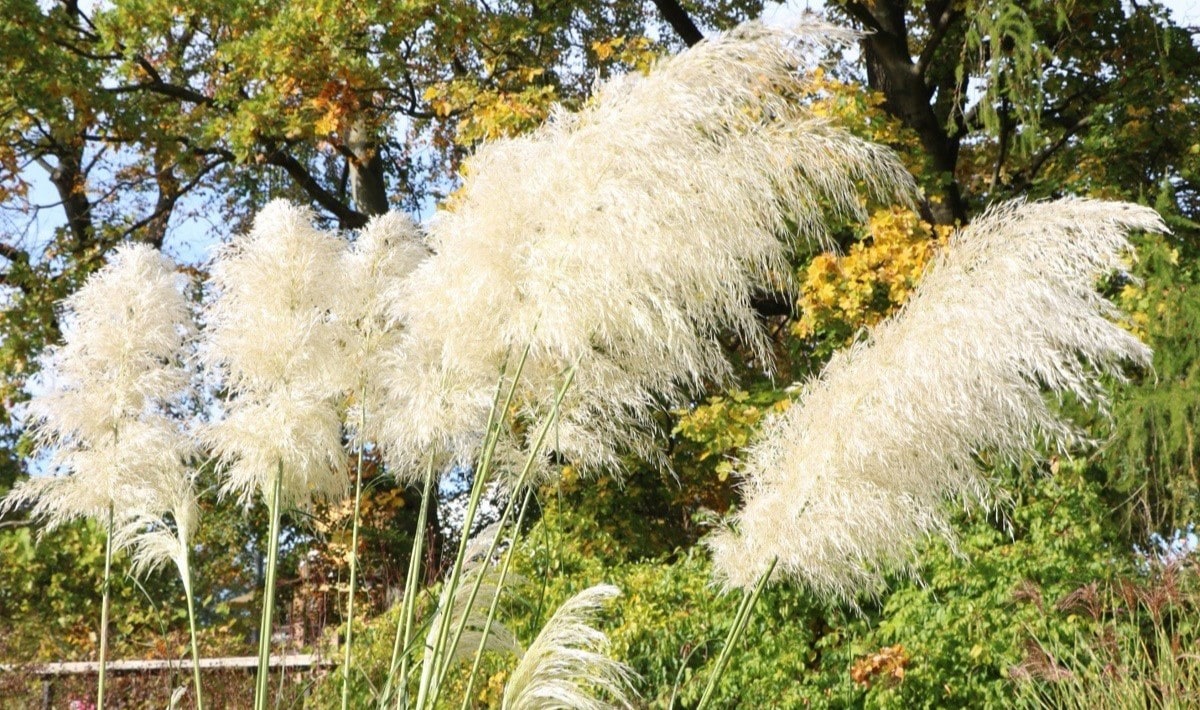
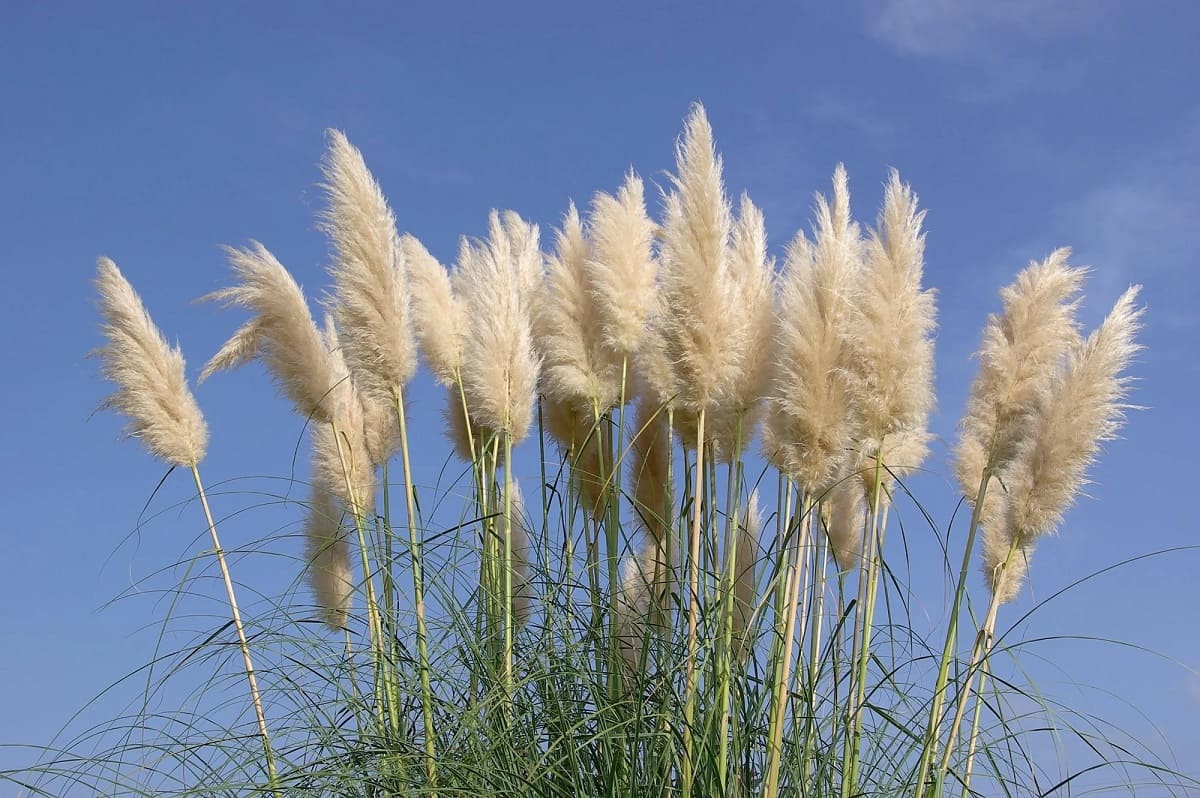

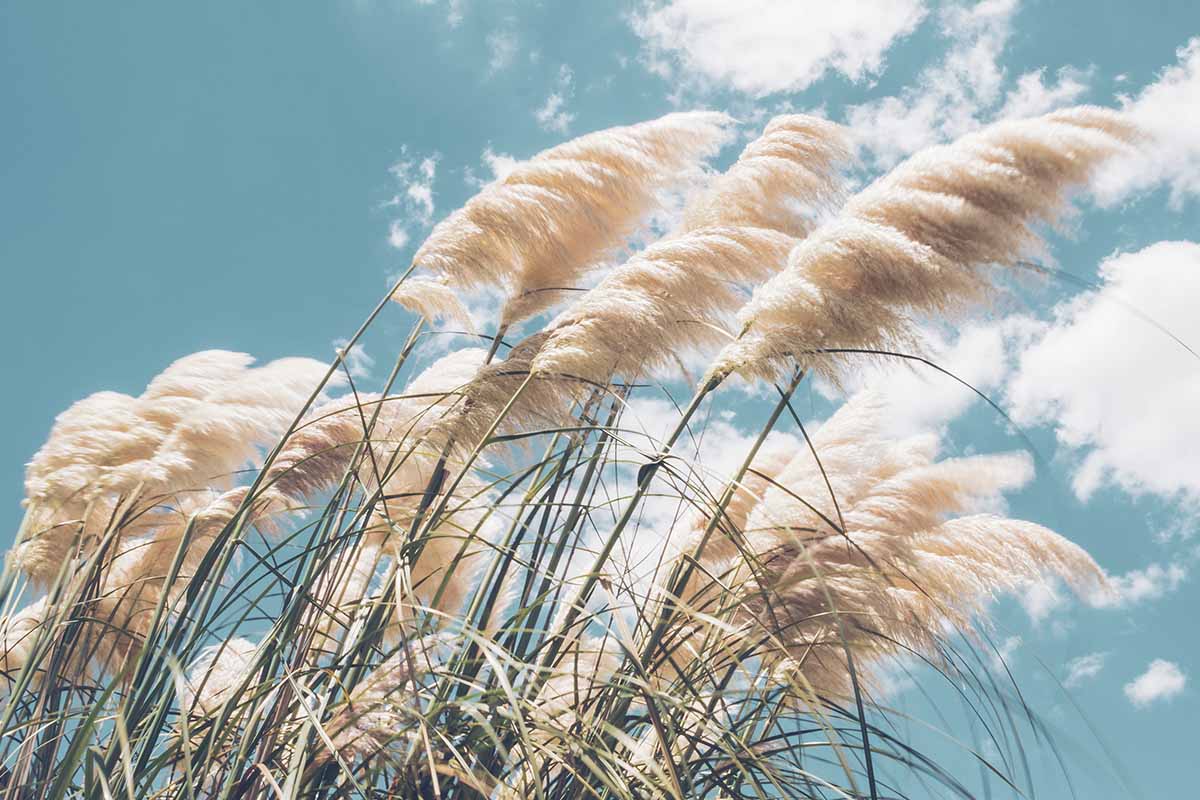
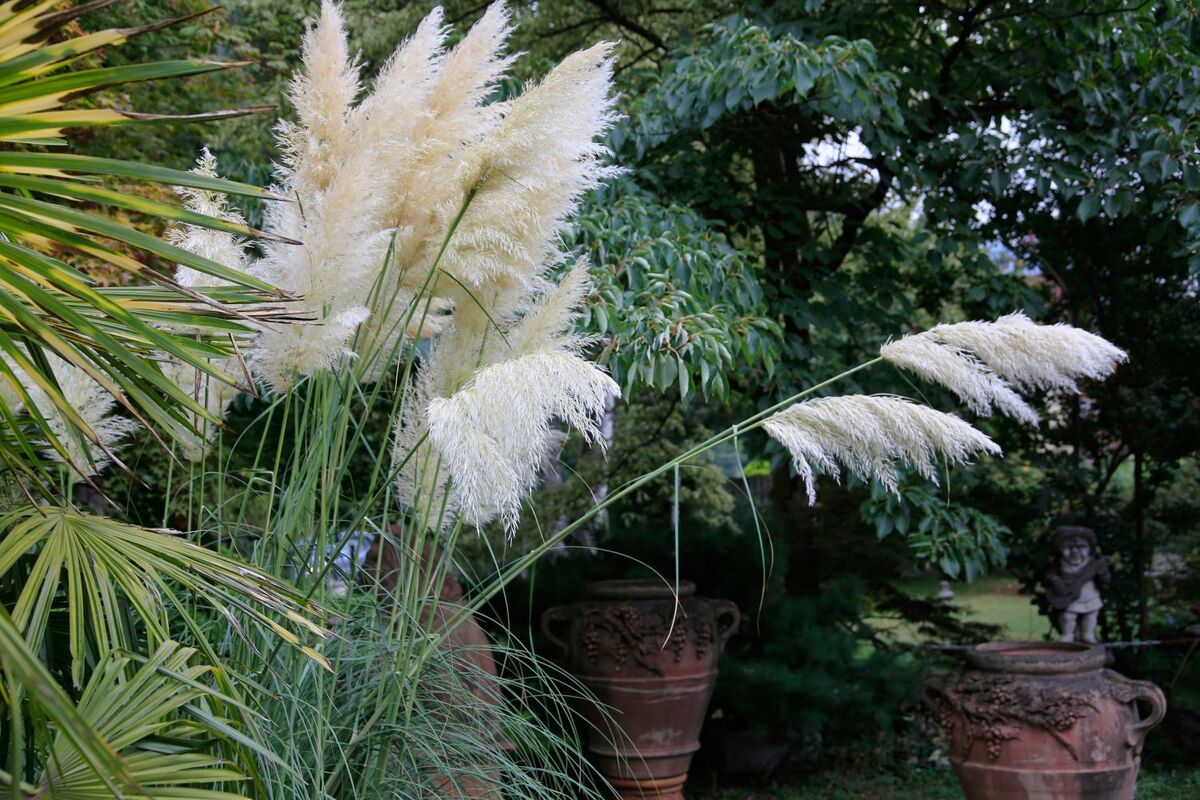

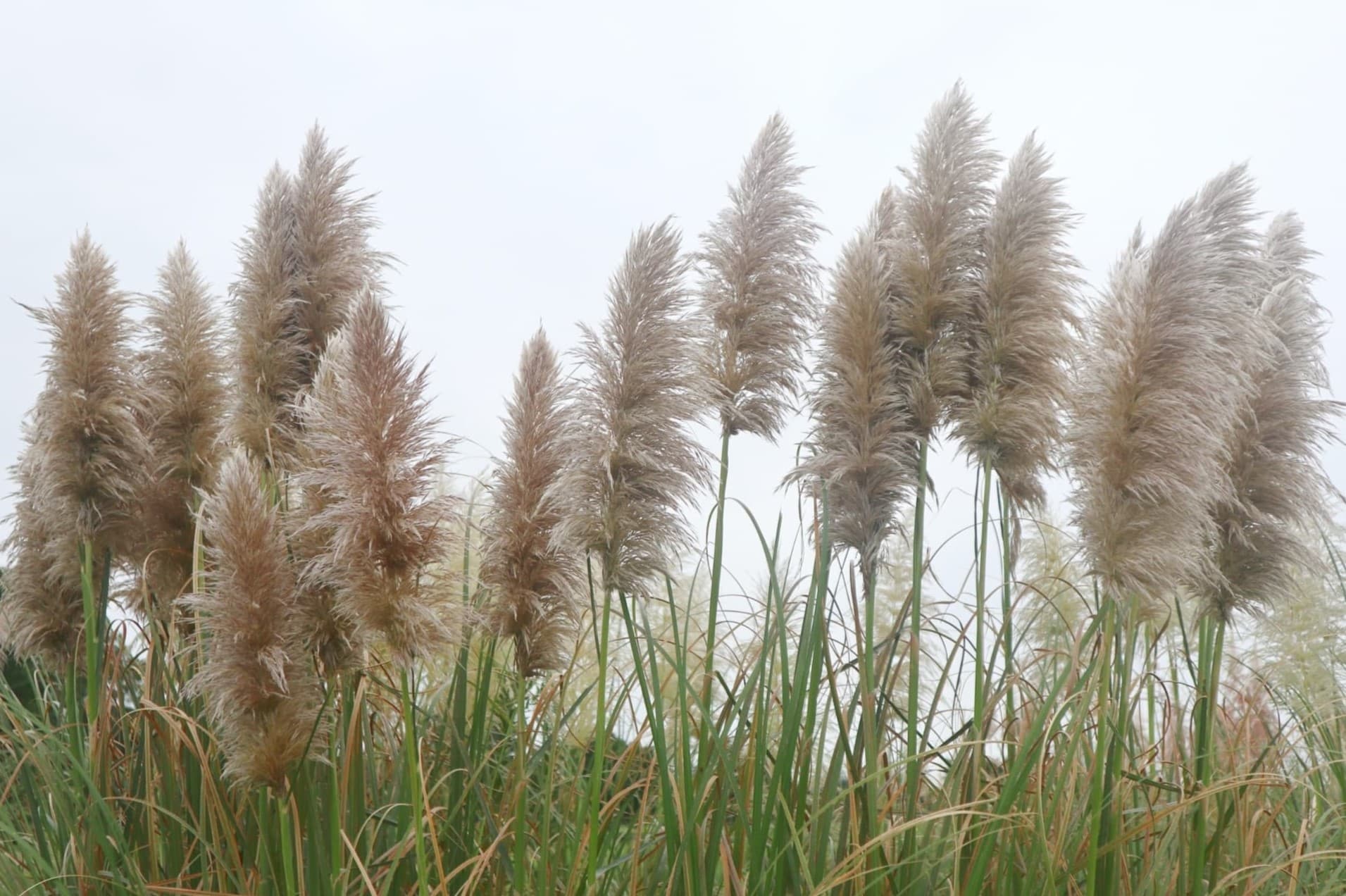
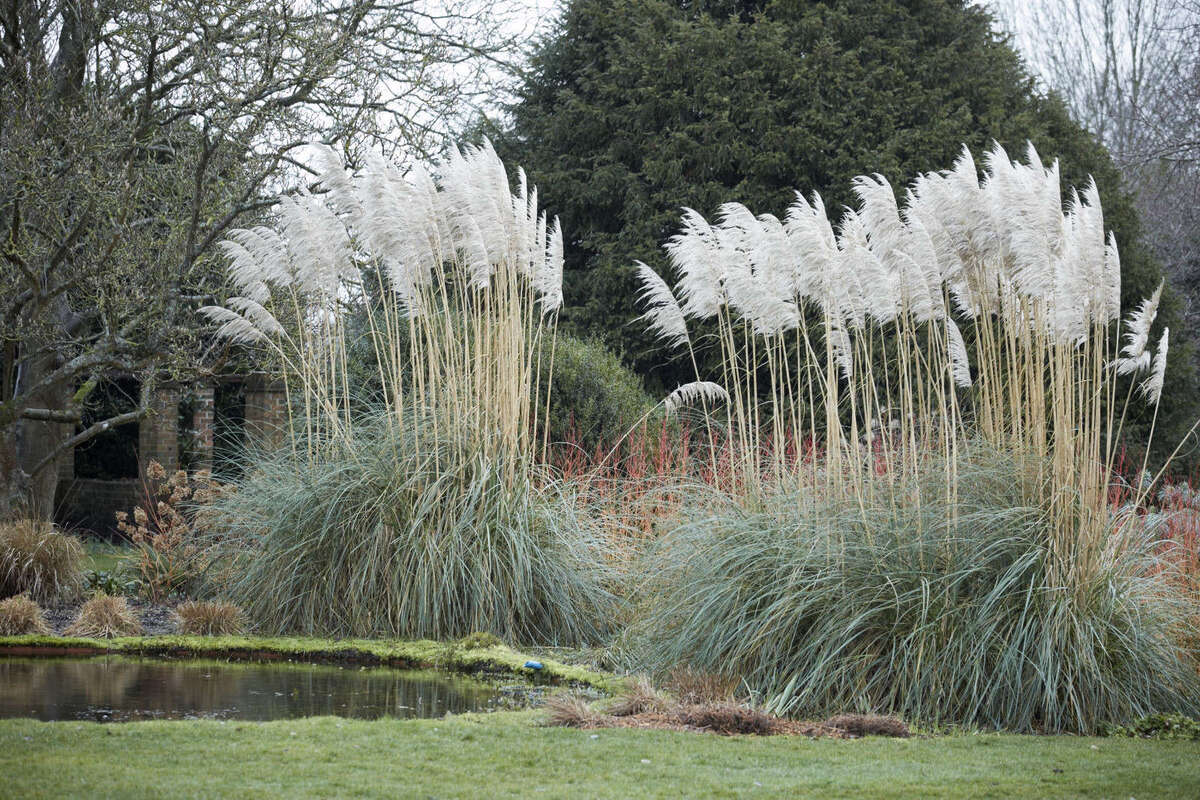
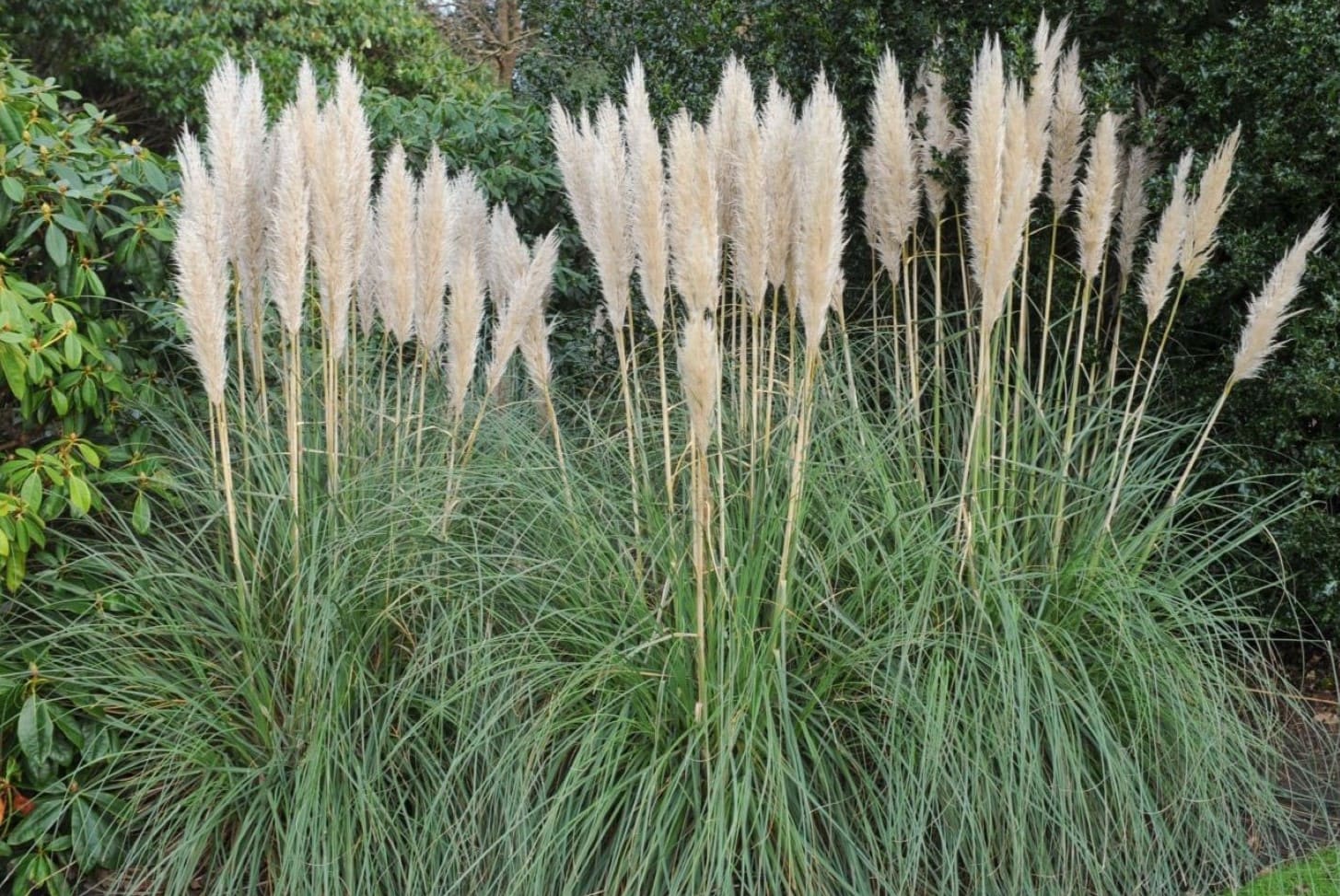
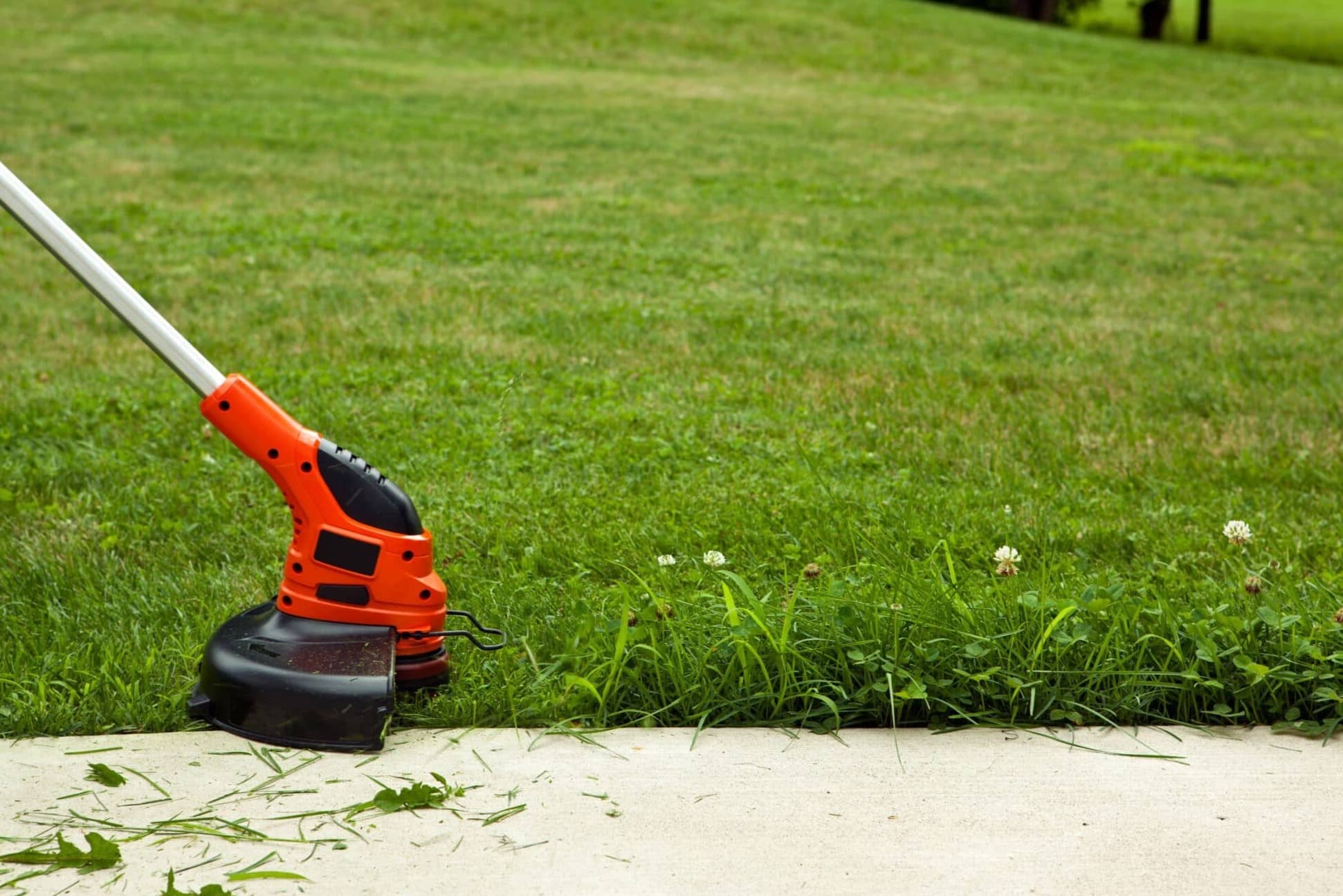
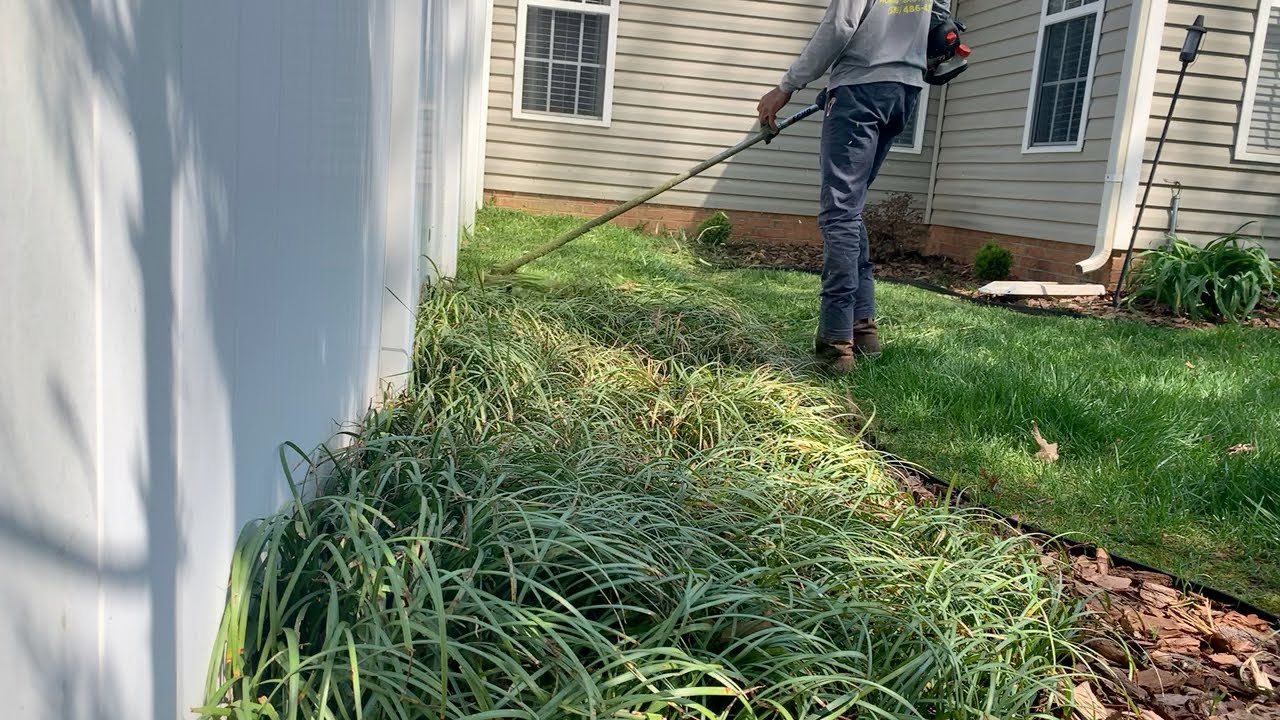




0 thoughts on “How To Trim Pampas Grass”